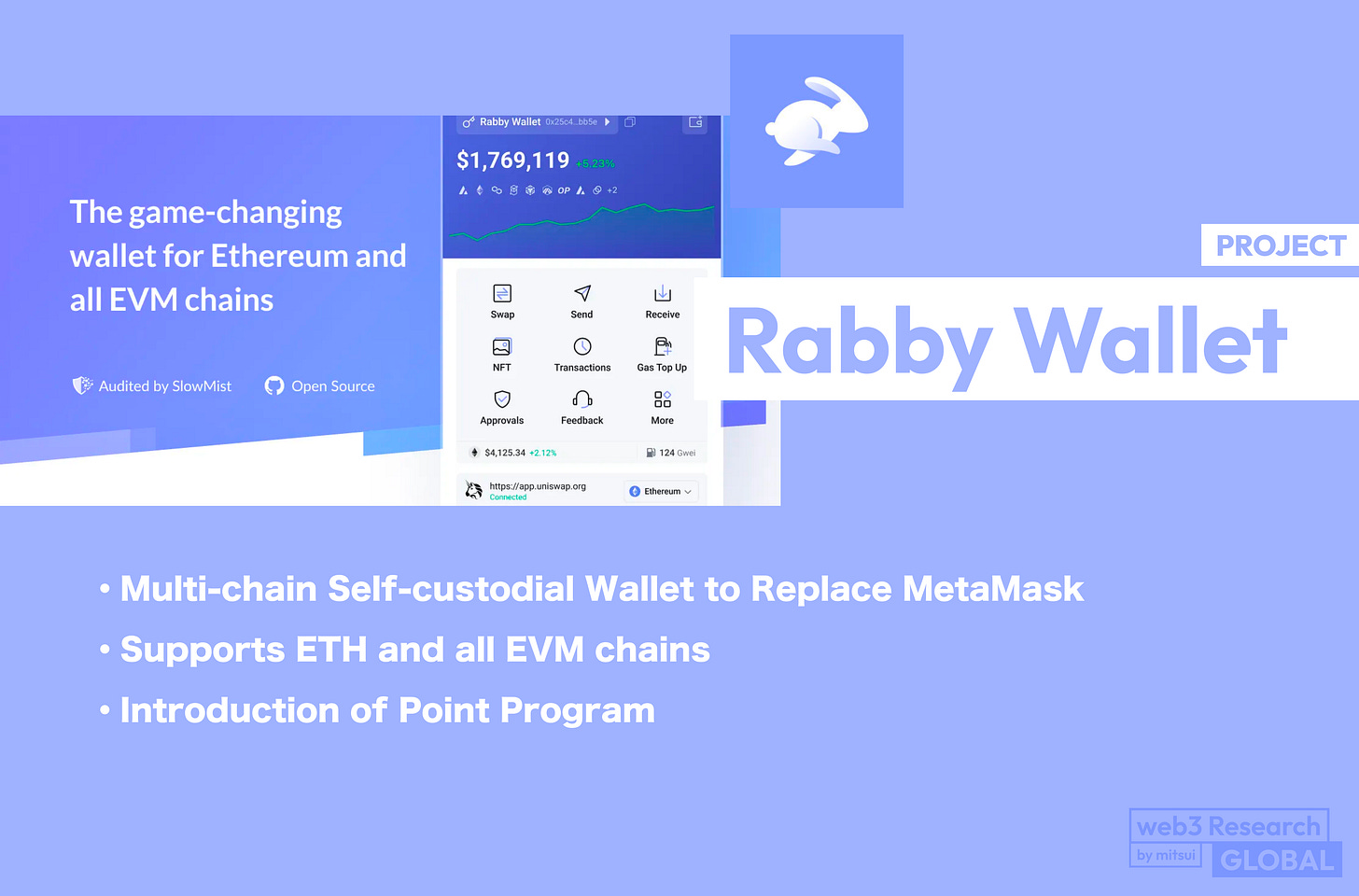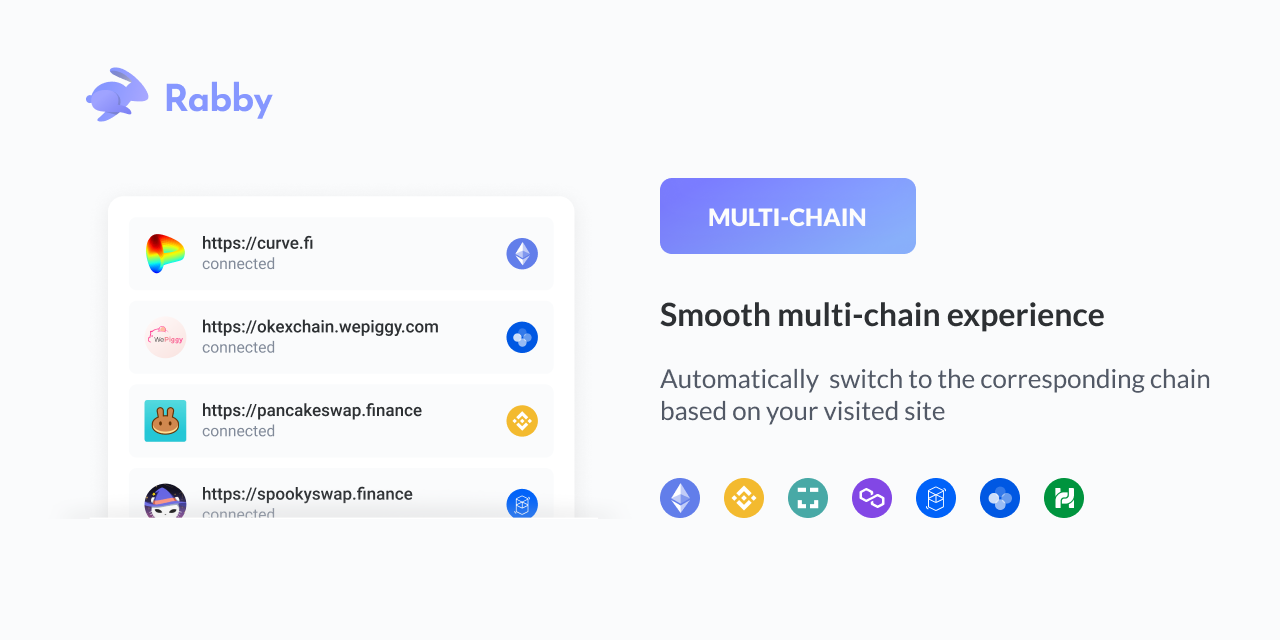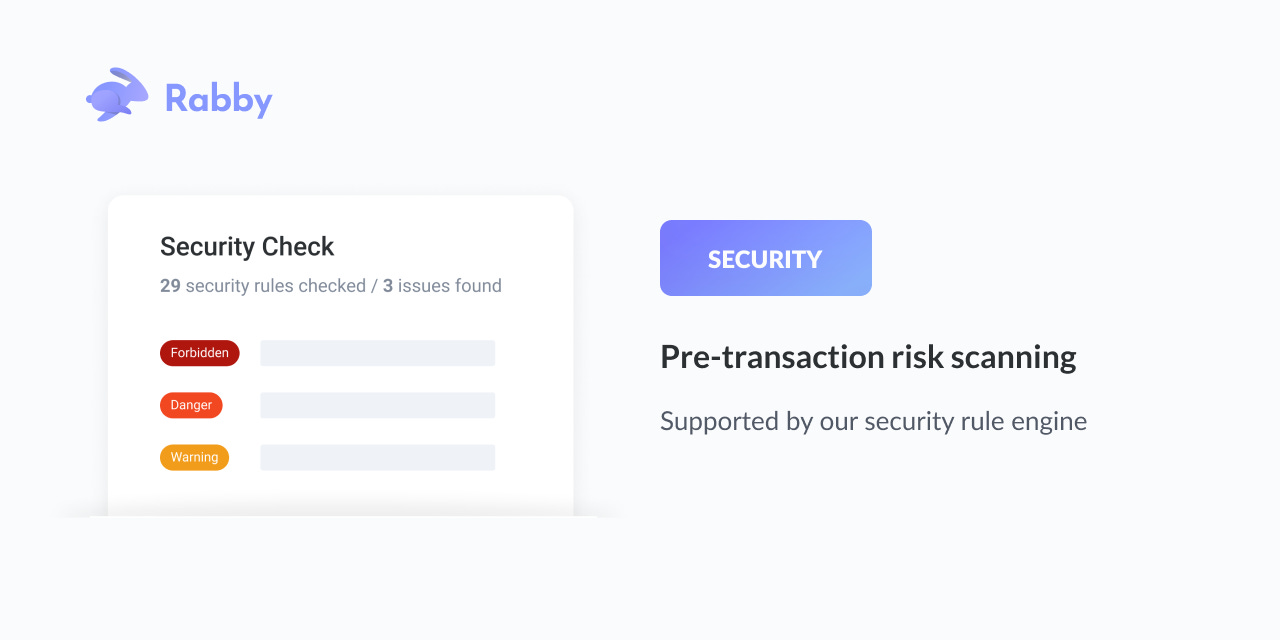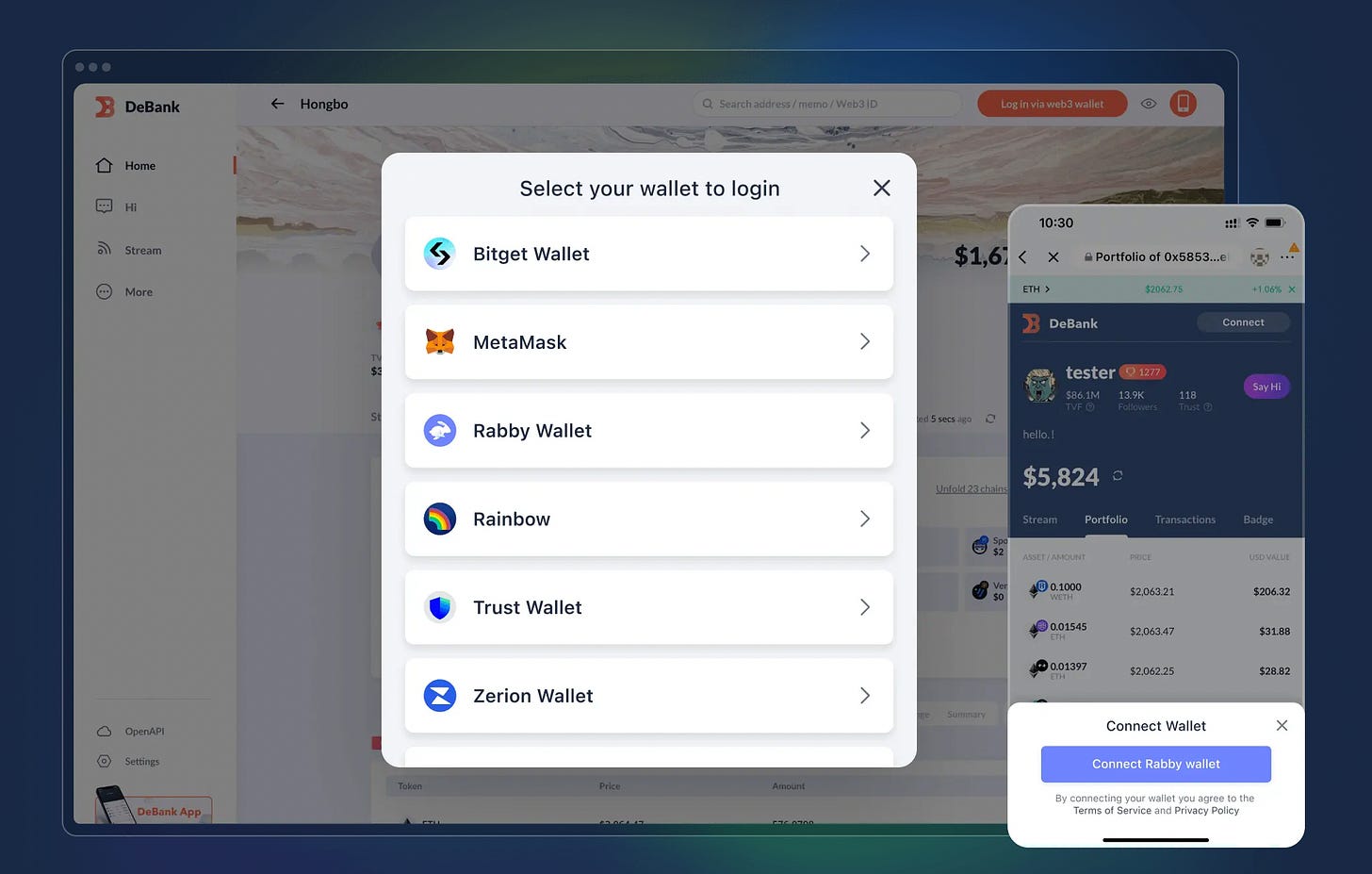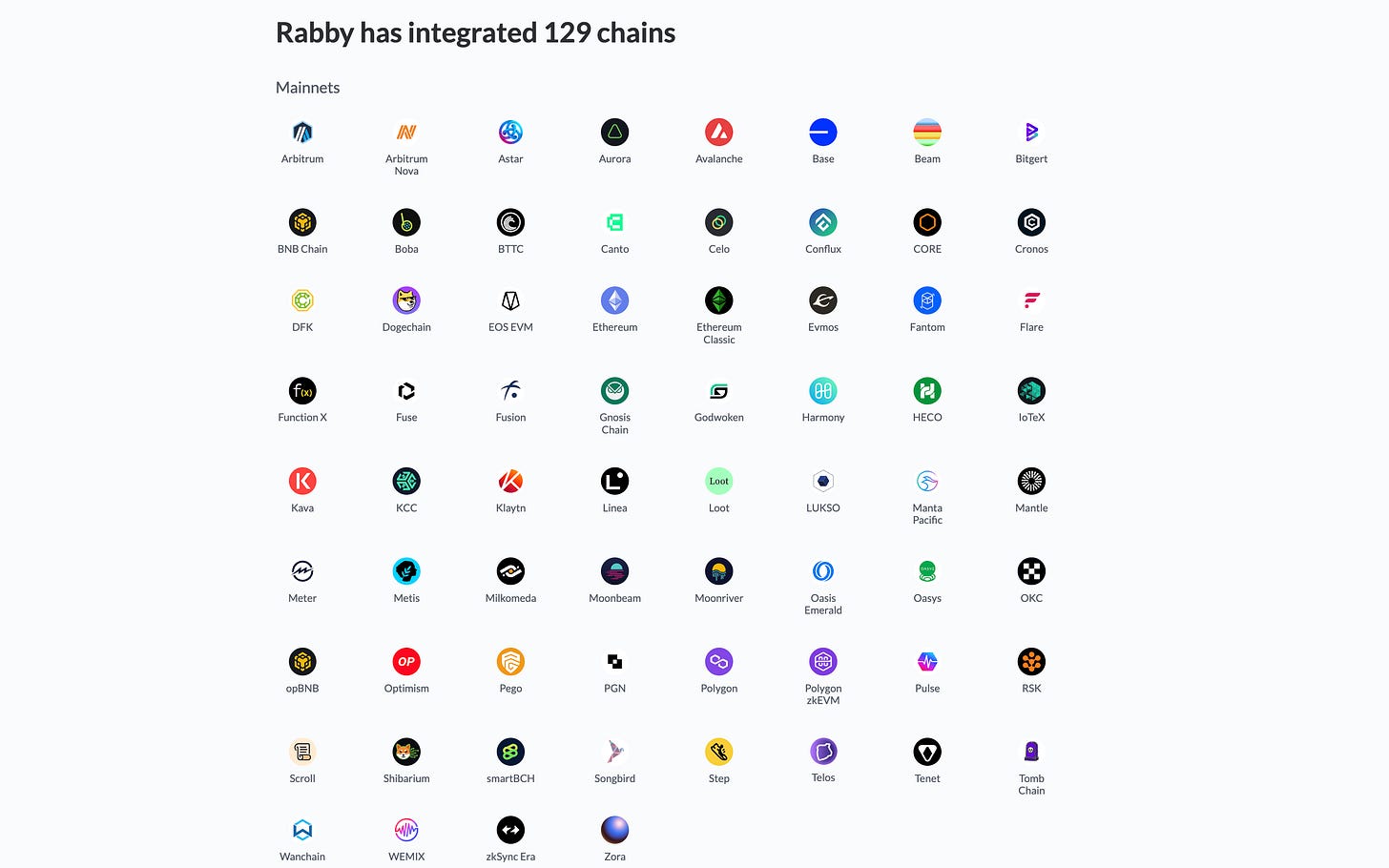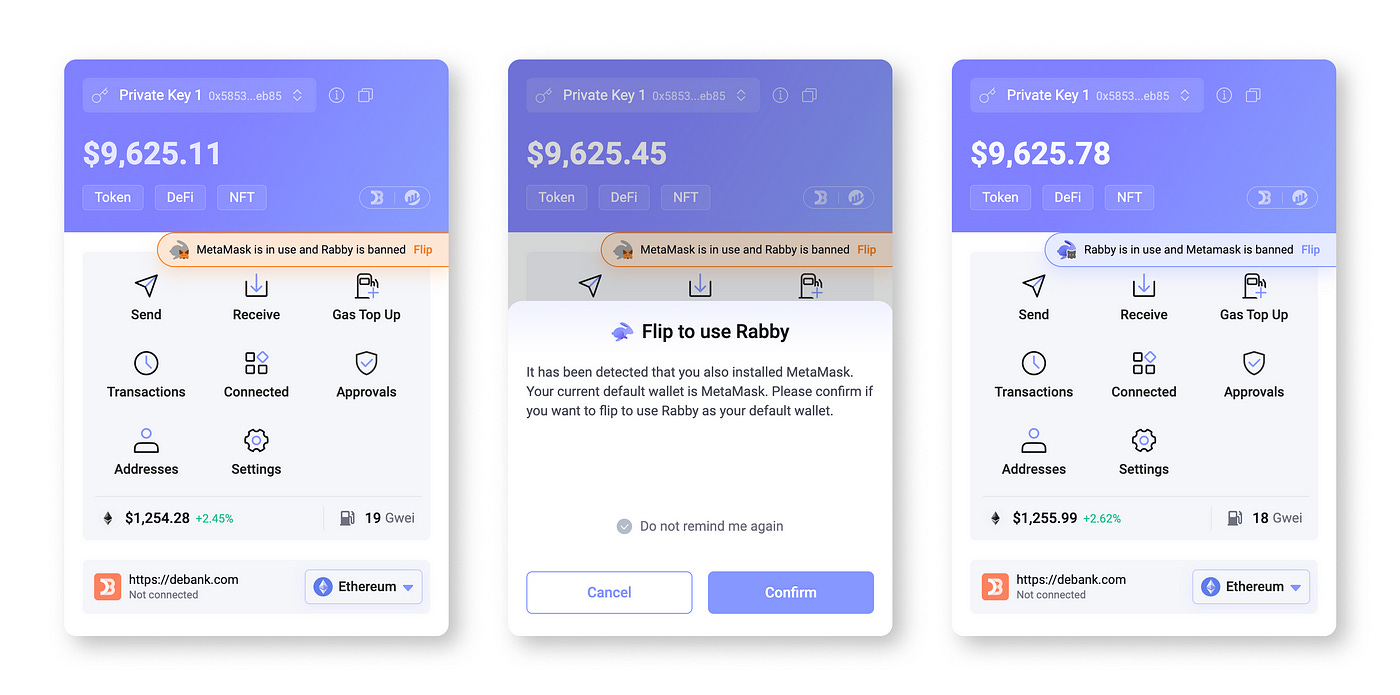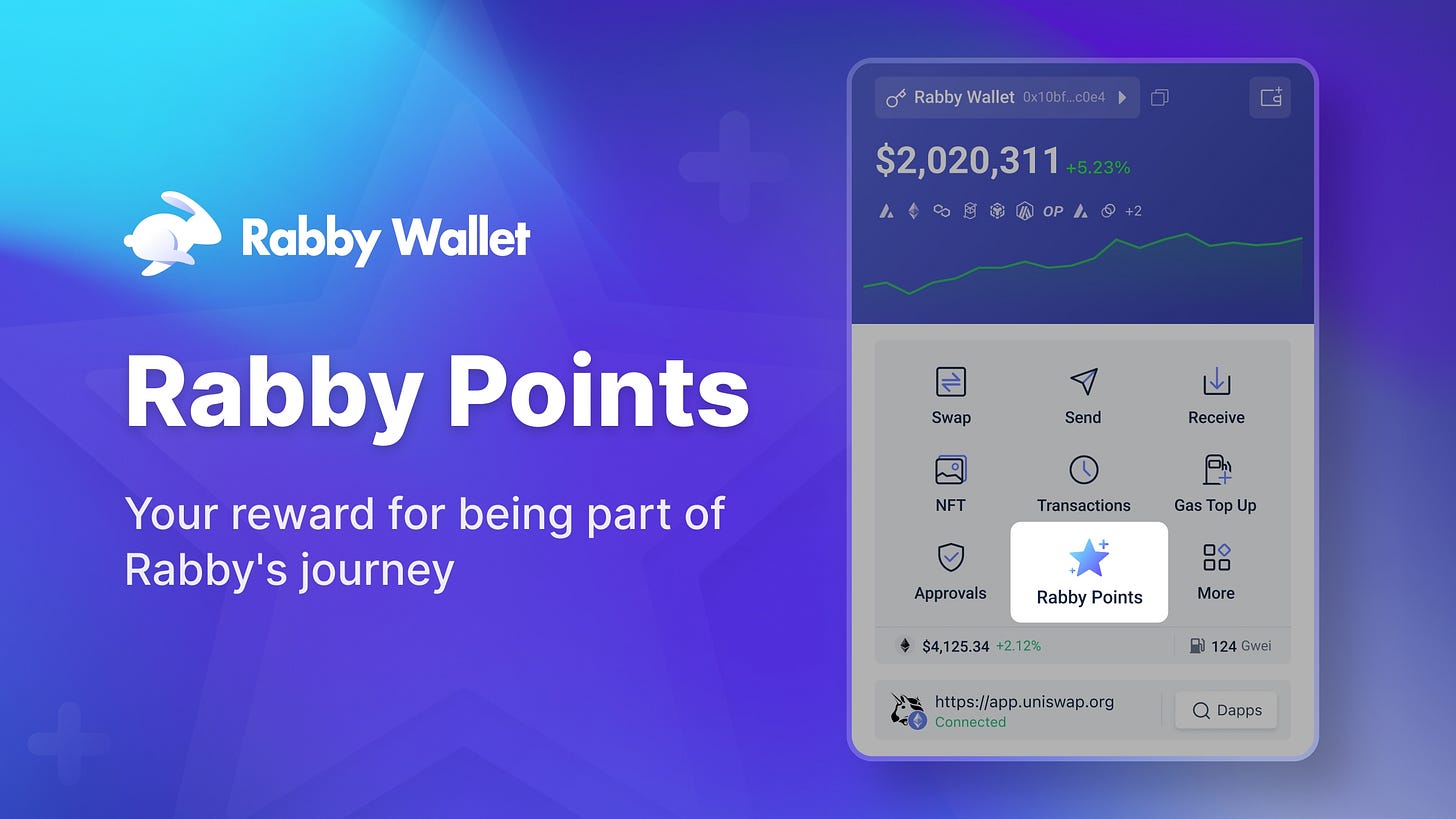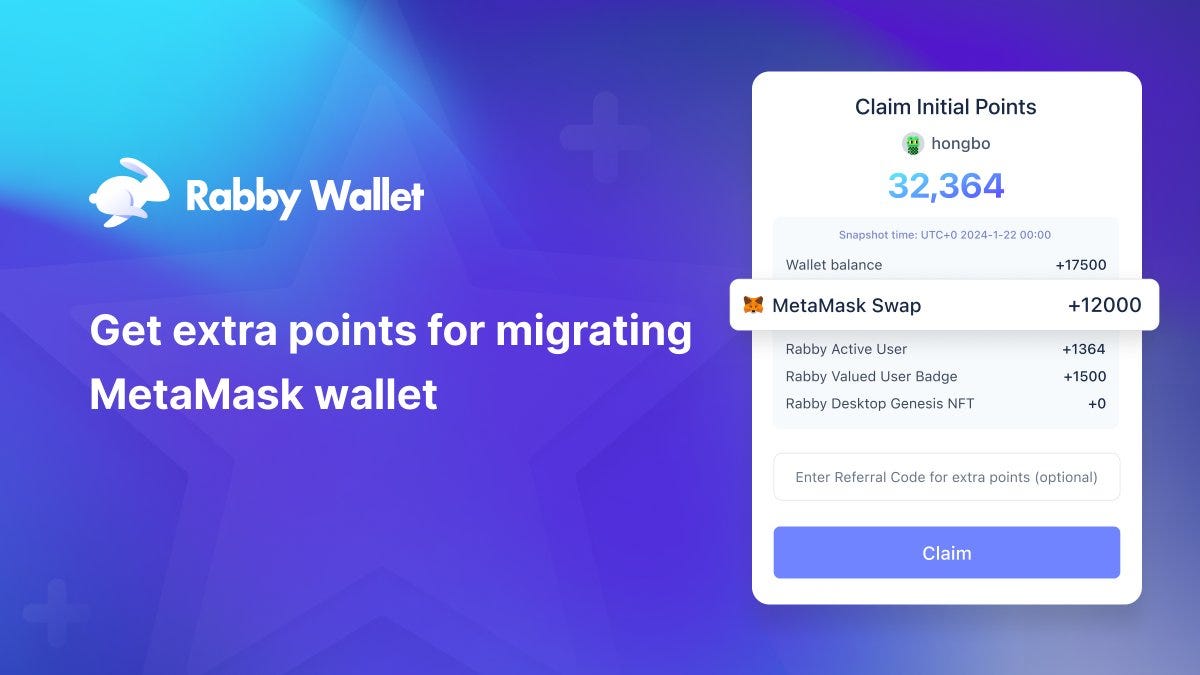【Rabby Wallet】 Multi-chain Self-custodial Wallet to Replace MetaMask / Supports ETH and all EVM chains / Introduction of Point Program
Achieve a smooth multi-chain compatibility and prioritize security
Good morning.
I am mitsui, a web3 researcher.
Today, I researched about "Rabby Wallet".
Table of Contents
1. Overview | What is Rabby Wallet?
-Features
-Characteristics
-Supported Chains
2. Differentiation | How is it different from MetaMask? 3. Evolution and Outlook | Born from DeBank, Starting a Point Program! 4. Consideration | First Mover Advantage and Late Mover Advantage
Overview | What is Rabby Wallet?
"Rabby Wallet" is a self-custodial wallet for Ethereum and all EVM chains. It is a service that can replace MetaMask and is currently available as a Chrome extension and a desktop application for PCs.
It was released about 2 and a half years ago in July 2021, but it has recently gained attention again with the launch of a point program.
Let's take a look at the features.
◼️ Features
① Smooth Multi-Chain Experience
Rabby automatically switches to the appropriate chain depending on the visited site. When accessing a DeFi Dapp for the first time, Rabby automatically selects the chain that corresponds to that site based on its database.
Previously, when opening Uniswap (on Ethereum) and PancakeSwap (on BSC) in two separate tabs, it was necessary to switch between the Ethereum and BSC networks. Many people may have felt the hassle of changing networks in MetaMask. With Rabby Wallet, it automatically switches to the appropriate chain for you.
②Clearing up Signatures
Transactions on the blockchain require signatures, but honestly, there are often unfamiliar terms and most people just sign without fully understanding. I believe that 99% of DeFi users blindly sign transactions that they don't actually understand, which poses a significant security risk.
Rabby Wallet places great emphasis on security, and one of its features is providing clear explanations of actual transaction details. You can review the information and agree before signing.
③Risk Scanning Before Transactions
Before signing, all transactions are sent to the security engine for screening to identify any potential risks hidden behind. Rabby will issue warnings if potential vulnerabilities are found, such as "the interacting contract has been previously attacked" or "the recipient's address does not exist on the chain".
④RabbyKit
In addition to wallet solutions, we also provide a kit for developers to integrate wallet connect functionality into Dapps. Developers can choose colors and compatible wallets to implement wallet connect on mobile and PC.
In addition, you can perform various actions from the wallet, such as displaying a list of DeFi positions and NFTs, swapping tokens, and revoking from protocols.
◼️Features
Let's also take a look at other features.
Self-custodial
Emphasis on security
Audited by specialized security companies as an open-source project
The only wallet in the extension wallet category that uses the most friendly MIT license
etc…
◼️Supported Chains
Currently, it supports 129 chains. The image displayed only shows the mainnet, but it also supports testnets.
Differentiation | What sets Rabby Wallet apart from MetaMask?
Rabby Wallet's main competitor is MetaMask. Here, we will explain the differences between the two.
Firstly, the major differences lie in the features mentioned above.
Automatic support for multiple chains
Clearer signature process
Risk scanning before transactions
These features are built-in by default.
Additionally, in terms of UI, Rabby Wallet provides more comprehensive support for multiple chains. Specifically, on the token browsing page, you can easily see all the tokens you hold across all chains and also check your total assets.
Also, you can easily import an account from MetaMask.
After importing the account, it is possible to continue using the MetaMask account. When using MetaMask, the Rabby Wallet will show a message indicating that it is stopped. The same applies in reverse.
In modern times, it has become common to have multi-chain support when using DeFi. In that era, Rabby Wallet can be considered very user-friendly.
Transition and Outlook | Birth from DeBank, Start of Point Program!
As mentioned earlier, Rabby Wallet was released in July 2021. It is developed and operated by DeBank.
DeBank is a web3-native messenger and web3 portfolio tracker service. It is difficult to explain in a few words as it has various features, but it has portfolio-like functions such as asset management and information gathering about DeFi protocols, as well as social features like social feeds, Paid DM system, and chat groups exclusively for people with the same assets.
Rabby Wallet, built mainly by DeBank to facilitate the DeFi experience, has been evolving for about two and a half years, and on January 23, 2024, it started a point program. The Rabby Points tab is displayed within the wallet.
Distribution includes "Initial Points" and "Daily Rewards".
First, as "Initial Points", it seems that Points were initially distributed to all EVM addresses based on the token holdings. For example, even people who use MetaMask and register with Rabby Wallet will receive Points based on their current asset holdings.
In addition, distribution will be made to people who have swapped within MetaMask in the past 12 months, as well as to active users of Rabby.
In addition, the daily rewards will be distributed through on-chain actions such as inviting friends and swapping within Rabby Wallet.
However, at this point, the details of the rewards for the accumulated points and the end of the points program have not been revealed.
Analysis | First-mover Advantage and Late-mover Advantage
Lastly, let's discuss our findings.
With the launch of the points program, Rabby Wallet is gaining popularity. It seems to be convenient especially for those who frequently use DeFi, so if you are interested, it may be worth trying it out after conducting further research.
Now, let's consider the first-mover advantage and late-mover advantage in the competition with MetaMask.
From the design of the points program and the way it is presented on the website and Medium, it is clear that Rabby Wallet is trying to migrate MetaMask users. This is a common strategy in the Web2 world, where companies like Notion provided detailed explanations on how to migrate from Evernote. It is essential for late-mover companies, aiming to replace their biggest competitors, to encourage users to switch.
Just like Blur took customers from OpenSea, Rabby Wallet is trying to capture customers from MetaMask.
In my personal opinion, Rabby Wallet has considered the distribution of points and the ease of importing assets. However, I still feel that MetaMask is strong.
This is not to say that Rabby Wallet is inferior in terms of functionality. It simply comes down to the high migration cost of wallet solutions. While Rabby Wallet can import asset information from MetaMask, it is not the same as the migration from OpenSea to Blur.
This is where the first-mover advantage exists. MetaMask has completely won the first wallet war, as it successfully acquired a large number of wallet accounts with high migration costs. Additionally, it has gained the first recall in the web3 wallet market, resulting in an increasing user base through word-of-mouth searches. When introducing web3 to someone, I would recommend creating a MetaMask wallet as a strong starting point.
However, this does not mean that late-movers cannot succeed. Late-mover advantage does exist. It allows for product design based on different assumptions.
When MetaMask was released, Ethereum was the dominant protocol. However, now multi-chain solutions have become the norm. Rabby Wallet is designed for this era. Although I believe that MetaMask can catch up by refreshing its user interface, there are cases where it is difficult for existing products to adapt when the fundamental technology, such as being AA compatible instead of EOA, is significantly different.
This is just one example. When SOL emerged after ETH, Sui and Apots appeared to address the challenges they posed. Late-mover advantage undoubtedly exists.
Furthermore, in the web3 space, late-movers can target customers who were using XX by offering them tokens. This becomes a significant driving force in competing with first-mover companies.
To summarize, both first-mover advantage and late-mover advantage exist. Late-movers should build products based on assumptions that first-mover companies cannot easily adapt to, and they need to have merits and token incentives that far exceed the migration costs to swiftly transition. However, late-mover companies are also first-movers for late-movers that follow them, so they need to establish competitive advantages and prevent reversal from late-movers after the migration.
These aspects have not been fully articulated yet, but there are likely specific strategic patterns for web3 projects. They will be based on the principles and strategies of Web2, while incorporating what has become possible in web3 and narratives. Therefore, the concepts of first-mover advantage and late-mover advantage may change slightly, and there may be changes in competition strategies and building competitive advantages. In yesterday's research, I mentioned these points, and as competition starts to emerge in the web3 market, I would like to further articulate the managerial aspects.
That concludes the research on "Rabby Wallet"!
Disclaimer:I carefully examine and write the information that I research, but since it is personally operated and there are many parts with English sources, there may be some paraphrasing or incorrect information. Please understand. Also, there may be introductions of Dapps, NFTs, and tokens in the articles, but there is absolutely no solicitation purpose. Please purchase and use them at your own risk.
About us
A web3 newsletter delivered in five languages around the world. We deliver various articles about web3, including project explanations, news and trend analysis, and industry reports, every day. You can subscribe for $8 per month ($80 per year) and receive research articles that took 100 hours to complete every day.
Author
mitsui
A web3 researcher. Operating the newsletter "web3 Research" delivered in five languages around the world.
Contact
The author is a web3 researcher based in Japan. If you have a project that is interested in expanding to Japan, please contact the following:
Telegram:@mitsui0x
*Please note that this newsletter translates articles that are originally in Japanese. There may be translation mistakes such as mistranslations or paraphrasing, so please understand in advance.


